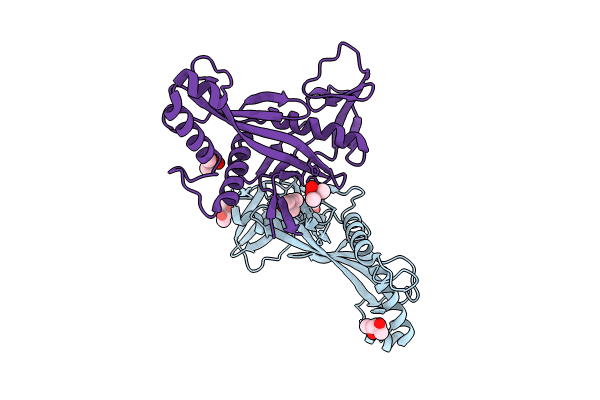
Deposition Date
2023-03-30
Release Date
2024-01-24
Last Version Date
2024-03-27
Entry Detail
PDB ID:
8OLD
Keywords:
Title:
Crystal structure of Archaeoglobus fulgidus AfAgo-N protein representing N-L1-L2 domains
Biological Source:
Source Organism:
Archaeoglobus fulgidus DSM 8774 (Taxon ID: 1344584)
Host Organism:
Method Details:
Experimental Method:
Resolution:
1.85 Å
R-Value Free:
0.21
R-Value Work:
0.17
R-Value Observed:
0.18
Space Group:
P 1


